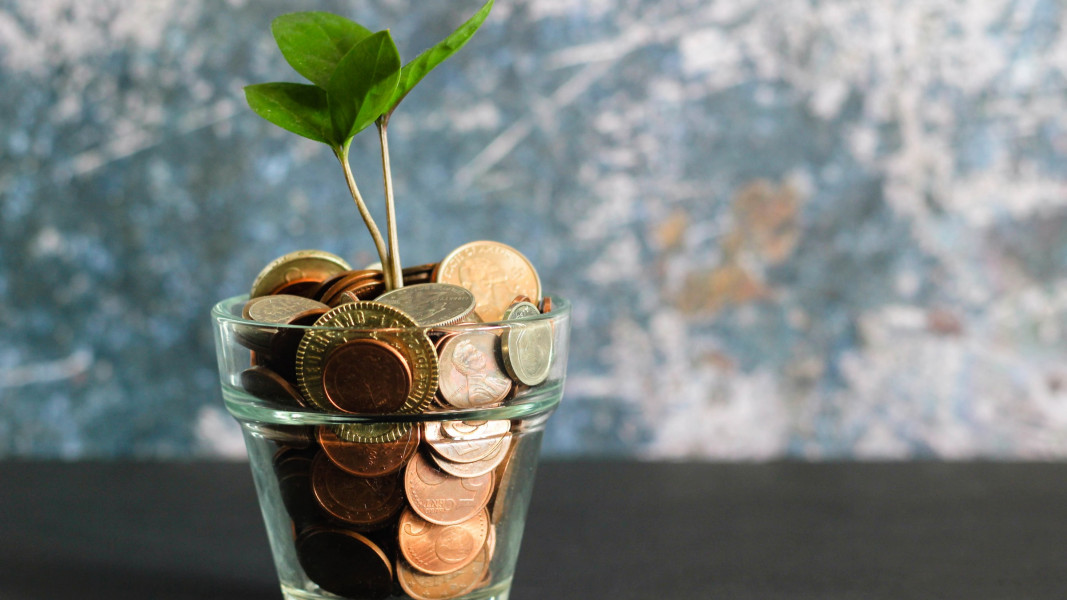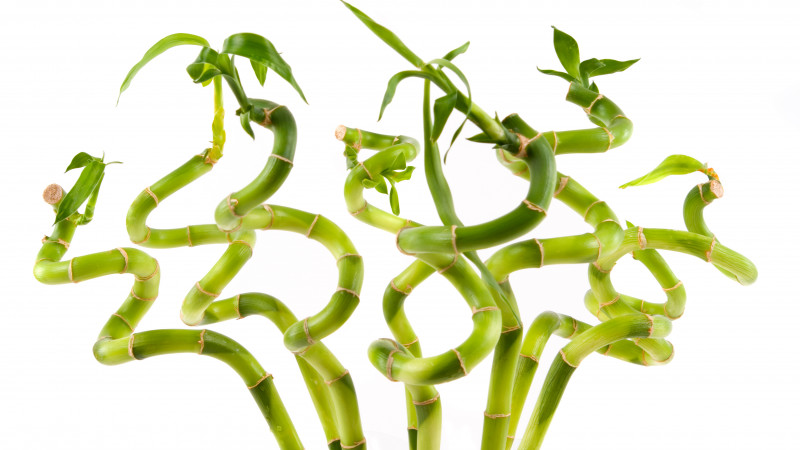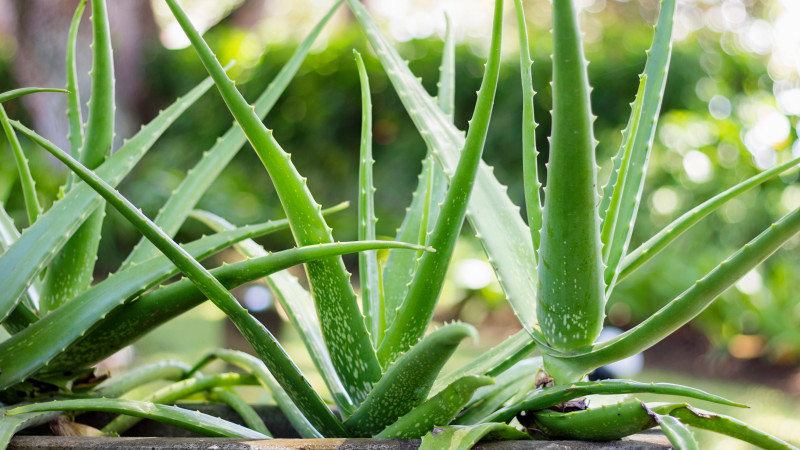The Tree With Braided Stalk
Money tree is a relative of the baobab. Its homeland is South America, although it is widespread in Mexico. At first glance, the specific feature of this plant is the stalk, which is most often found intertwined, making Pahira original, memorable and eye-catching. However, this gorgeous look does not happen naturally. At planting, several roots are placed close to each other in a pot. When the plant is about 1 year old and its stalks are still flexible, they intertwine together and form a specific braided shape.
The Plant That Increases Its Owner’s Wealth
There is a belief that the money tree attracts success and wealth. In Eastern cultures, this is explained by the number of leaves on a branch, which represent the five Feng Shui elements. Many believe that the magic powers of a money tree work only if the plant is well grown and a high-valued coin is buried in its pot. Others, on the other hand, maintain that the valuable nuts that the tree bears are the reason for the name it received. The fruits of the money tree can be eaten raw or ground into flour. In their raw form, they have a pleasant aroma similar to peanuts, while cooked, they taste like chestnuts.
How to Grow a Money Tree?
And although it is not pretentious at all, in order to be an integral part of your home, pahira requires special care. While many plant lovers grow it as a bonsai, others strive to create an excellent environment in which the money tree plays its main role perfectly, namely to bring material goods to its owners.
Temperature and Location
The plant grows at a moderate room temperature - 18-24° C, or more specifically - in winter the optimal is 14-15° C and the minimum is 10° C. Although the money tree is not pretentious, it is preferable to be placed in a semi-shady place, away from direct sunlight, which can dry the leaves. However, it tolerates bright light well and can easily grow on east or west windows. If it is placed near a south window, it requires shading in the hottest noon hours.
At home, the pahira prefers a slightly darkened place. In the first days after taking it home, start spraying it twice a day, trying to keep the stalk dry in order to protect it from rotting. If the plant is in a plastic pot, it is necessary to transplant it into a ceramic one no later than 2-3 weeks.
Experts recommend not to leave the money tree near any heaters. It should be far from air conditioners, radiators or other heating units. Currents, especially in winter, are very dangerous and lead to disease.
Watering
The plant loves a moderately humid environment and should not be over-watered. Watering should only take place when the soil is dry. In spring and summer, water moderately after the surface layer has dried. From October to February the money tree should be watered infrequently, without allowing prolonged drying of the soil. In case of insufficient moisture the leaves sag and dry out, and in case of too much - the roots start rotting. Water the diameter of the pot, avoiding the ingress of water at the base of the stalk, or practice bottom watering - from the substrate. Experts advise to use soft and warm water.
Soil
Suitable soil for the money tree is a peat mixture, which consists of two parts peat and one part sand. From April to August the pachira should be fed with complex mineral fertilizers with normal concentration once every 3-4 weeks. However, It is not necessary to feed it during the colder days in autumn and winter.
Replantation
Replant the money trees in the spring. The young trees should be replanted annually, while more mature ones - every 2-3 years. The maximum height of the potted tree reaches 3 meters. So, If you do not want your money tree to reach this height, do not replace the pot with a larger one when replanting. Choose not a deep but a wide pot with a diameter 4-5 cm larger than the previous one. The roots of the pachira are shallow and In case you plant them in a deeper pot, it gets sick and does not grow well.
Furthermore, the substrate itself is composed of peat soil, leaf litter and sand (1:1:1), with added pieces of brick and charcoal. A universal substrate for palms and dracena can also be used. Good drainage must be done as well.
Reproduction
The money tree is propagated very easily by seeds, by heating the soil substrate at a temperature of 25-27 ° C. The seeds must be fresh, because during storage, they tend to lose germination. They are sown in a wide pot, with a very thin layer of soil on top, and sprayed with warm water. Cover the dish with glass or nylon, periodically ventilate and wipe off any condensation droplets. The sprouts grow in 3 weeks.
Furthermore, money trees can also be propagated by cuttings, necessarily apical, in late summer. Rooting requirements are heat and high humidity.
Common Issues
The Leaves Turn Yellow and Fall Off
There are two possible causes that can lead to this problem - watering or fertilizing too often. To save the plant, stop both. Fertilizing can be resumed after a month, and watering - when the soil dries.
The Edges of the Leaves and Their Periphery Turn Brown
When the edges of the leaves darken, this is a sign of too dry air in the room. If the edges and periphery of the leaves turn brown, the reasons may be several - improper watering, exposure to direct sunlight or lack of light, abrupt climate change, etc. In such cases, the only way to find the cause is to use the exclusion method.
The Leaves Start Falling
The leaves may fall due to sudden changes in temperature or lighting. Another possible reason may be the stress from the new place, if the position of the plant has changed or was purchased recently.
Bright Dry Spots on the Leaves
The most probable reason for this issue is the extra amount of light or sunburn.
Stalk and Roots Are Rotting
The rotting of stalk and roots occurs when the money tree is overwatered. It is also possible to happen due to improper watering (water often falls on the stalk), especially during the cold winter days.






